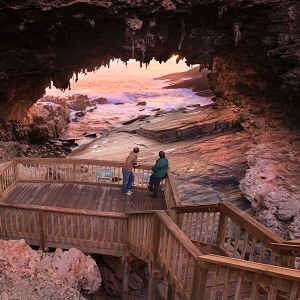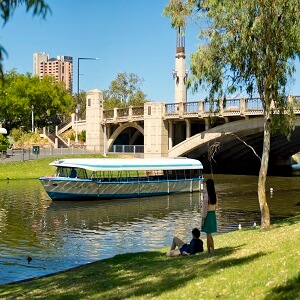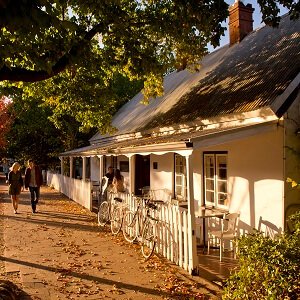The largest mountain range in South Australia, Ikara or the Flinders Ranges, are some of the most beautiful ranges in the country.
Discover the Australian bush and watch as it fades into the Outback across the horizon. This ancient landscape is abundant with native flora and fauna. At more than 600 million years old, the Flinders Ranges are some of the most beautiful in Australia.
Ikara-Flinders Ranges National Park spans for over 95,000 hectares and contains stunning gorges, mountainous peaks and the vast Wilpena Pound amphitheatre. Throughout the huge park, there are plenty of 4WD, camping and photography opportunities, with something for every level of experience.
Aboriginal History
This area has a rich Aboriginal history and living culture. Visiting the area you are walking on ancient lands, filled with important stories, sacred sites and ancient paintings.
In the heart of the Flinders Ranges is Ikara, the Meeting Place. The public art space shares important stories of the Adnyamathanha people. The Adnyamathanha people have lived on this land since the beginning, and believe it is important to share their stories with visitors so that they may better understand and appreciate Aboriginal culture.
The entire Ikara-Flinders Ranges National Park is rich with Aboriginal art and carvings. Arkaroo Rock is a specifically important one, depicting the creation of the Wilpena Pound. The Wilpena Pound is an important meeting place for the Adnyamathanha people, who believe the area was created by two giant dreaming serpents.
There are just two of the many cultural locations and sacred sites across the Ikara-Flinders Range National Park. When you travel through the park be aware of your surroundings and respect the sacred areas you may pass through.
Flora and Fauna in Ikara
The Ikara-Flinders Ranges National Park is abundant with native flora and fauna. The marriage of bush and outback lands makes the region the perfect breeding ground for some of Australia’s most unique animals.
The park has a thriving population of red kangaroos, western grey kangaroos and wallaby. Conservation programs such as Bounceback has seen native populations continue to thrive. One such species includes the rare yellow-footed rock-wallaby, which lives across the Brachina and Wilkawillina gorges.
The plants throughout the region are particularly interesting. Hundreds of species have adapted to thrive in the arid lands. Before invasion saw communities dispersed from the area, Adnyamathanha peoples used many of the plants in their day to day lives. From food sources to medicinal purposes and as a material source.
When to visit
The Australian summer hits this part of the country hard, and visits to Ikara-Flinders Ranges National Park should be avoided. The best time of year to trek is April through to November. Though winter months bring a higher chance of rain during your trip, the rains are a good thing! They help fill the watering holes and get the creeks flowing, bringing out many animals. The end of winter also sees wildflowers popping up across the ranges, sprinkling the mountains with colour.
The Flinders Ranges are some of the most beautiful ranges in the country. With an abundance of Aboriginal history and culture, a trip here will not disappoint.
Explore the Adelaide Tours!
-
KANGAROO ISLAND TOUR
AVAILABLE NOW!
Tour Type: LuxuryAdult:$373.00
🔥 🔥 🔥 🔥 🔥 Child:$240.00
🔥 🔥 🔥 🔥 🔥Book Now
More Info
-
AFTERNOON ADELAIDE HIGHLIGHTS TOUR WITH RIVER CRUISE
Currently Not Available
Tour Type: LuxuryAdult:$89.00
$99.00
Child:$52.50
🔥 🔥 🔥 🔥 🔥Book Now
More Info





